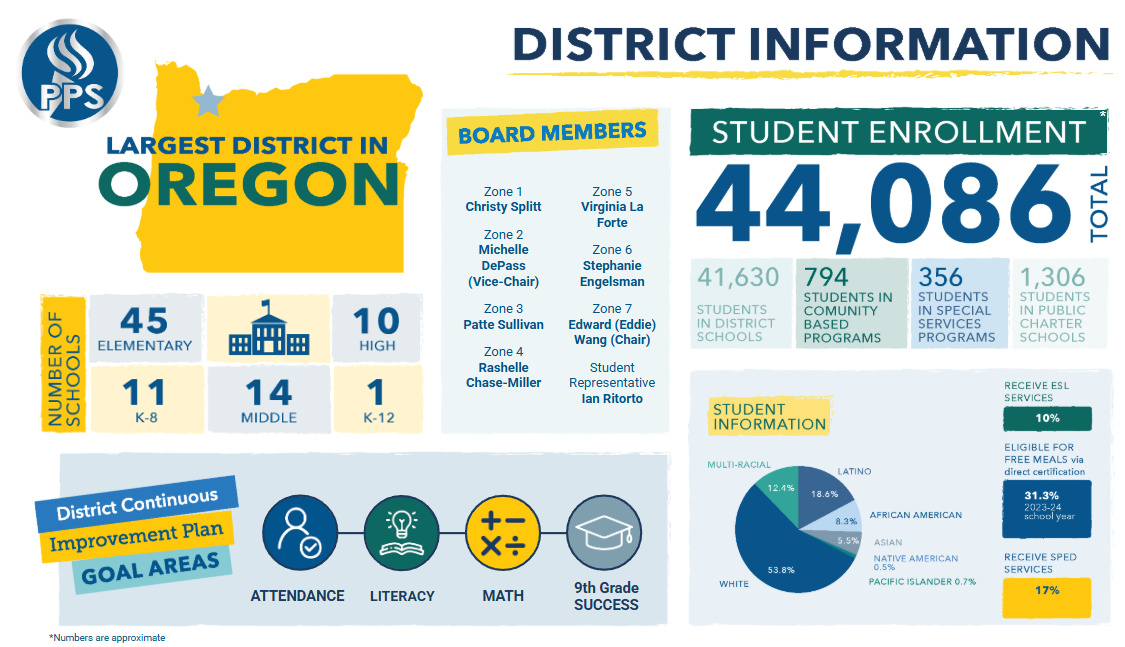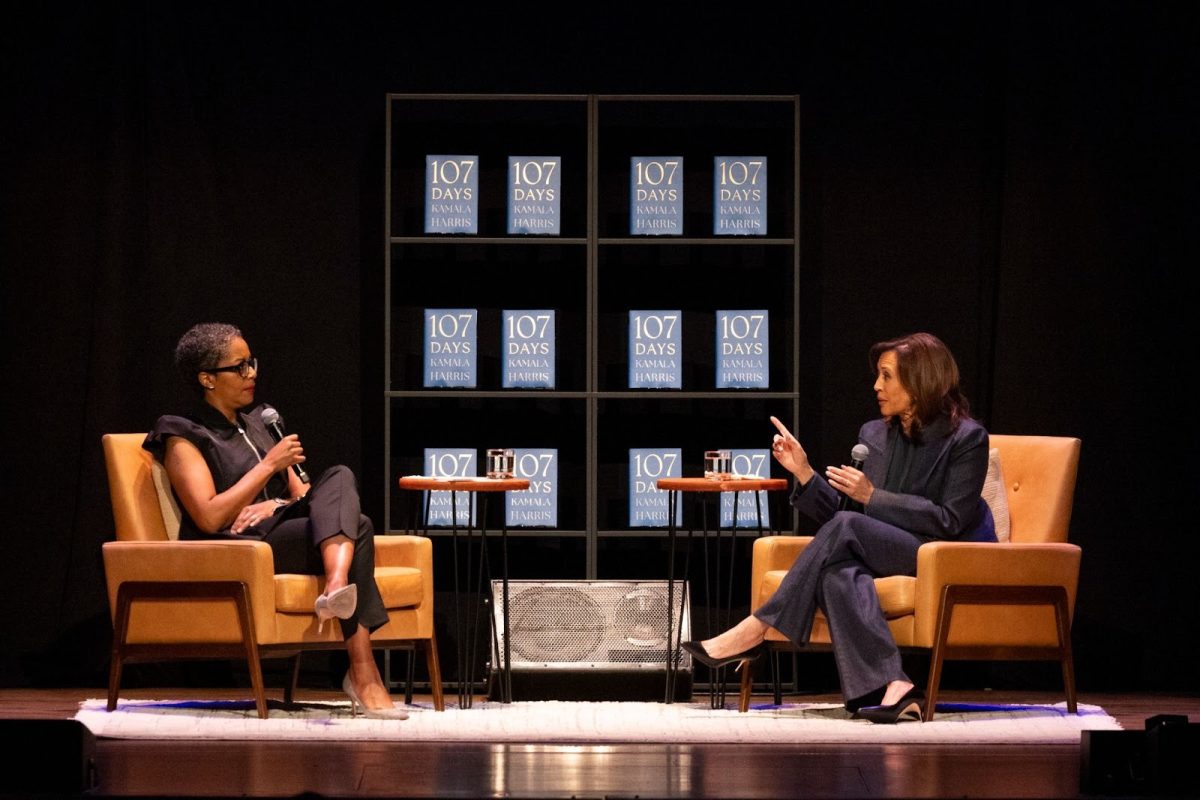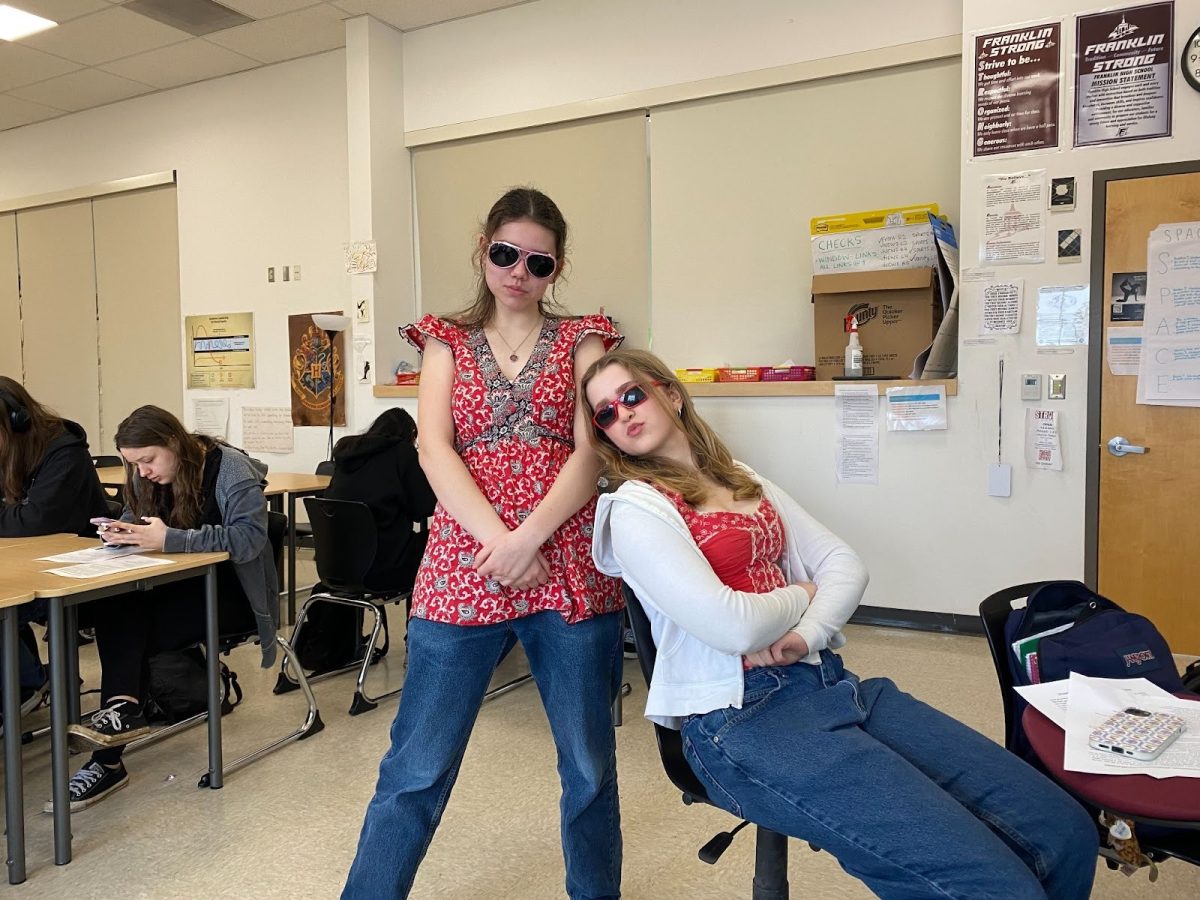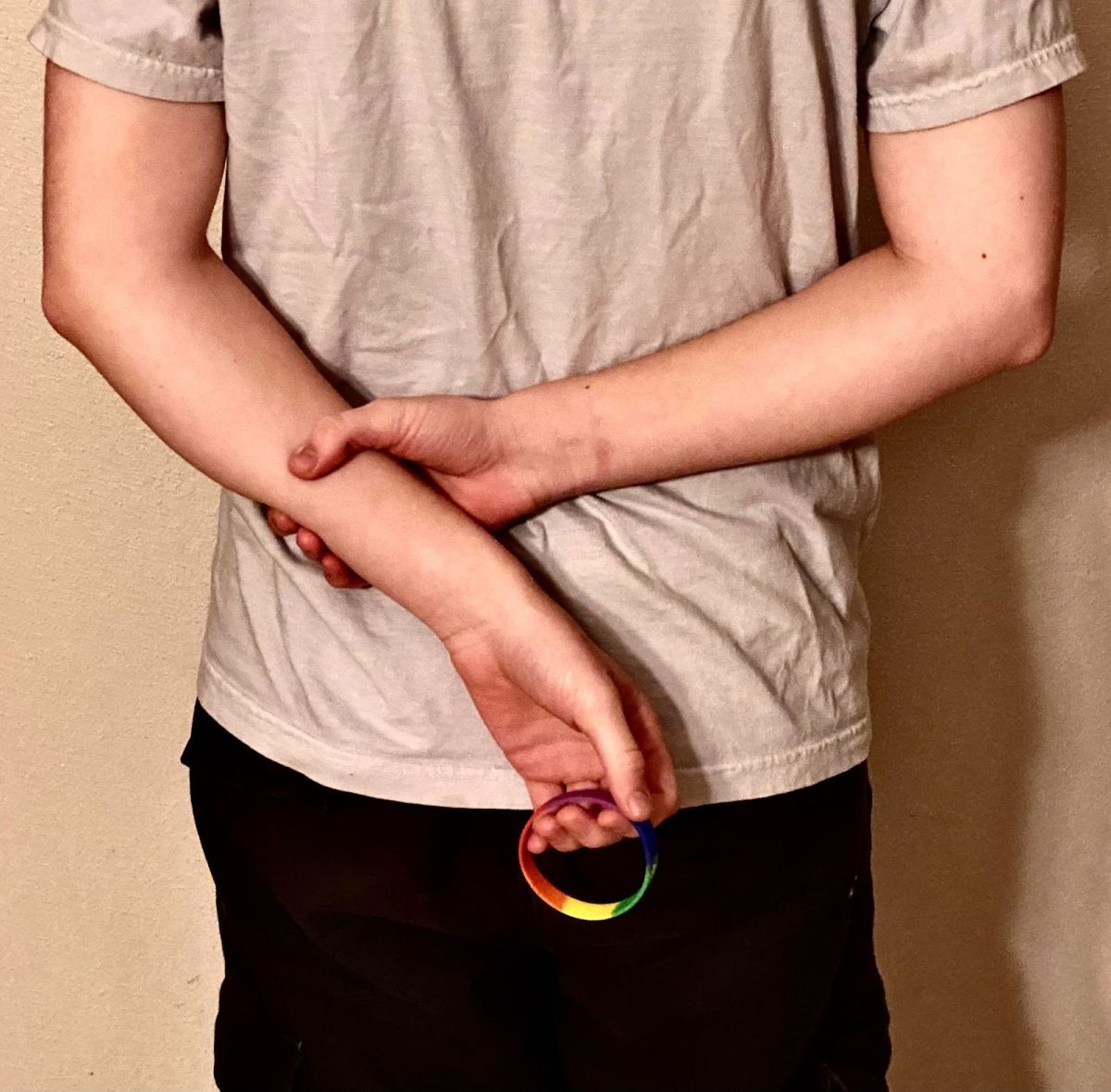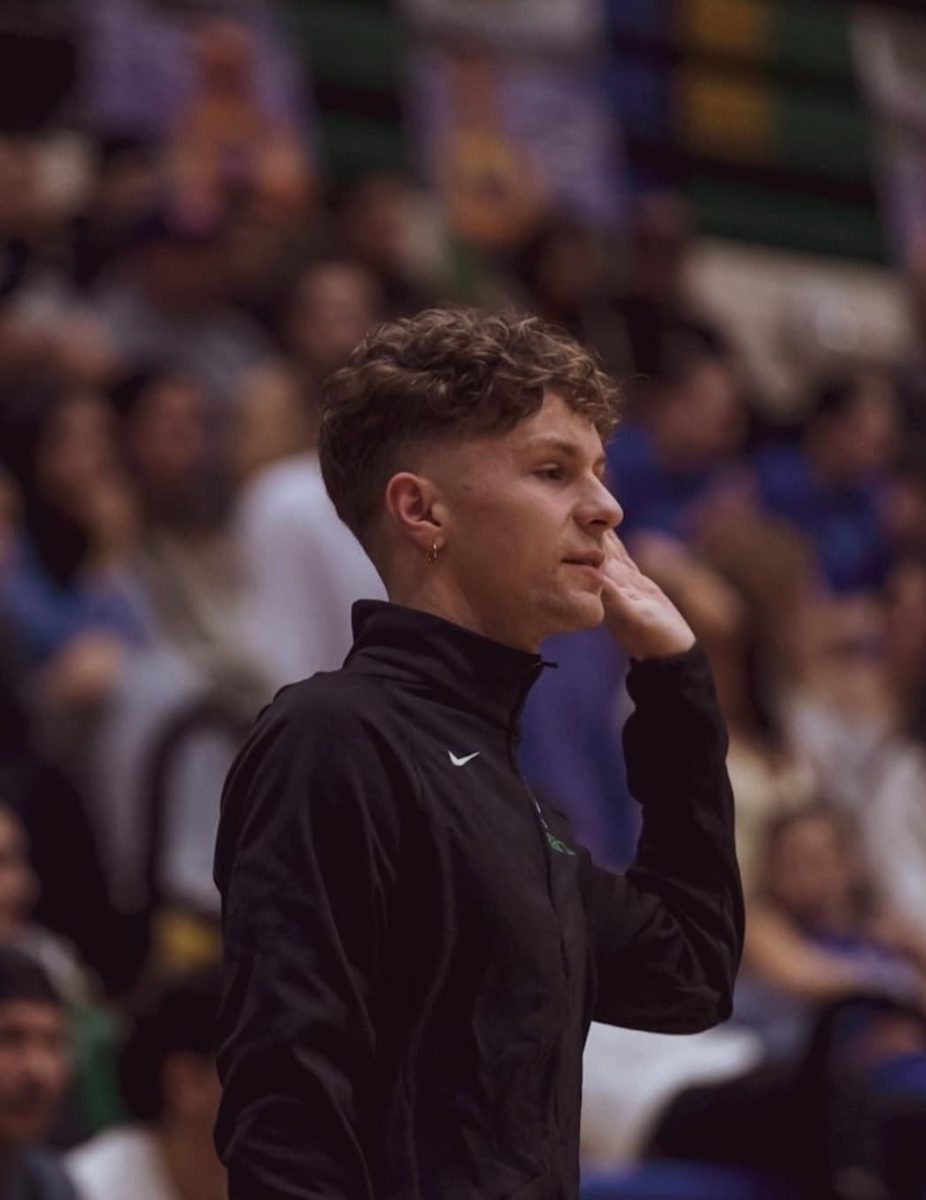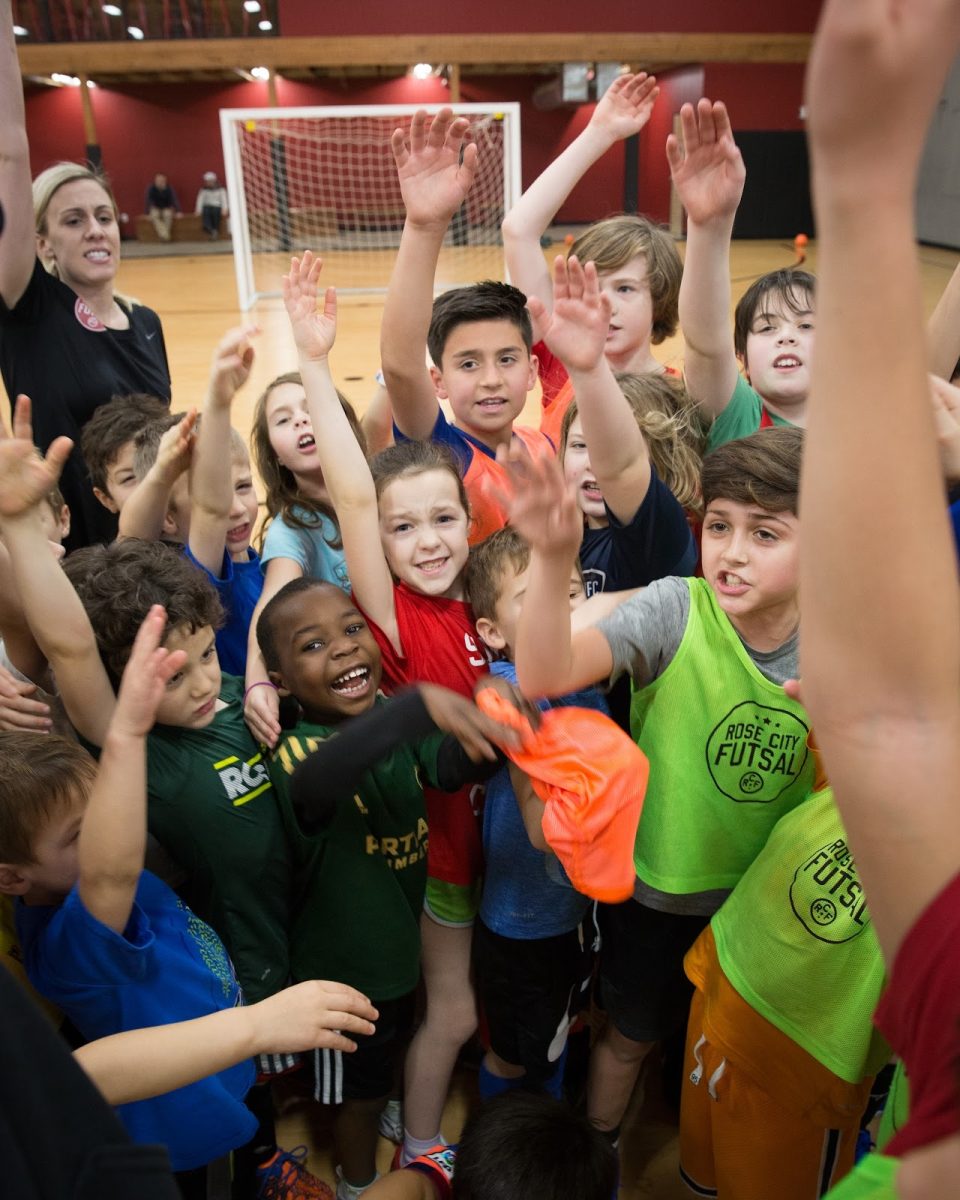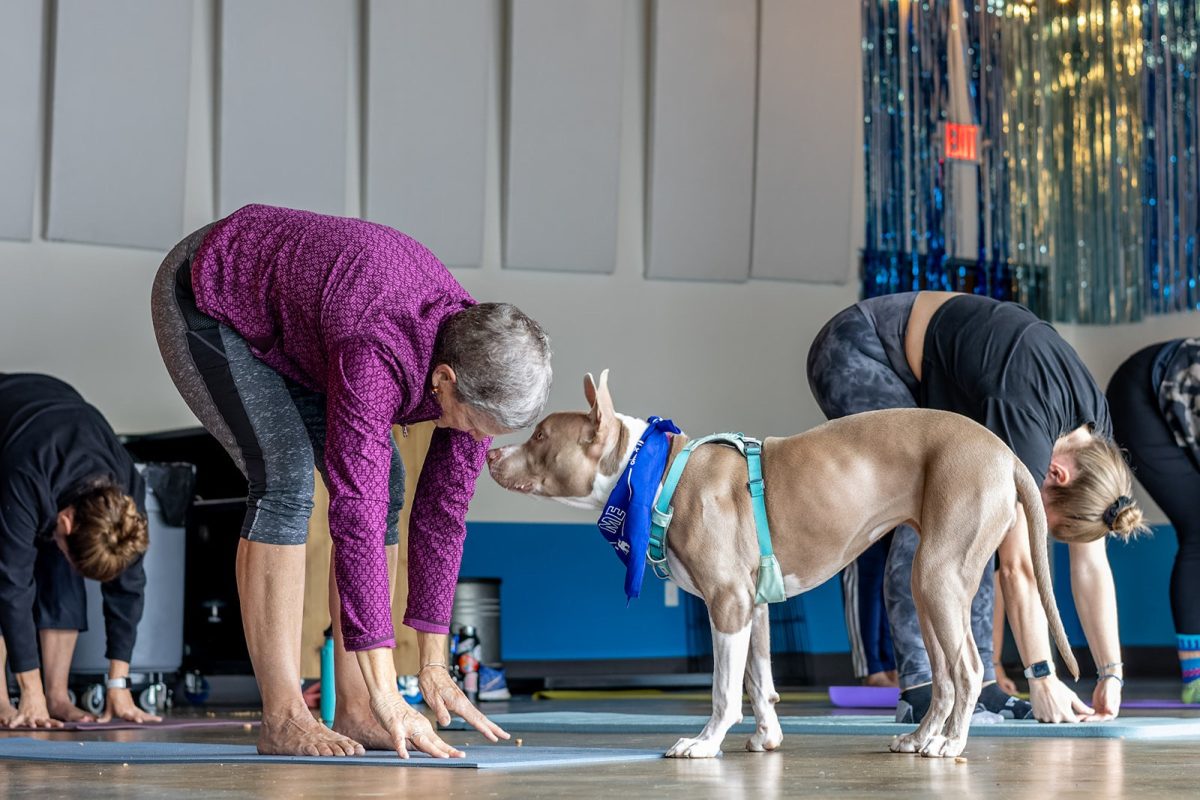The modern high school classroom is a sight to behold. A quiet kid in the back of the class is wearing big over-the-ear headphones, looking down and praying no one talks to them. There’s a girl touching up her makeup, Snapchat pulled up on her phone and AirPods in her ears even when the teacher is talking. Someone wearing baggy clothes with their head down listens to music at full volume, never responding to the teacher when they get called on. Everywhere you turn there’s earpiece technology, and, no matter what the headphone policy is, they will always remain relevant.
Despite this prevalence, headphone policies have become so normalized in the classroom that they are now often introduced on the first day of school. With the invention of AirPods and similar bluetooth devices, listening to music during class has become simultaneously easier to hide, to access, and distract students. As headphones are increasingly used by large majorities of students, it is important to examine the effects earbuds and headphones may have on modern-day education.
Headphone usage currently acts as a major point of contention between students and educators; it is important to look at varying perspectives and sources covering its usage in school settings. I spoke with social workers, special education teachers, neurodivergent students, and general education (Gen Ed) students and teachers, to ultimately find how people across school communities view how music and earpieces fit into the modern classroom
According to Brit Verissimo, a science teacher at Franklin, it sometimes feels as though “upwards of 75 to 90 percent of students seem to listen to music [in class].” Each teacher tends to have their own attitude and policies towards headphones and listening to music, from encouraging to apathetic to downright bitter. However, for the most part, the teachers at Franklin are fairly accommodating towards the use of earpieces in their classrooms.
Jane Elliott, the school’s Climate Specialist, says that when she was a teacher, her policy was simply, “One earbud out during instruction.” She explains what her reasoning for this decision was, saying, “I allowed students to use music all the time [because] it was good for soothing a lot of students who have more of a fight or flight response to stress.” Elliott hoped that allowing students to have music playing would help address their needs while still allowing them to engage with the lesson.
Many other teachers I spoke with echoed similar policies, although most were more intent on having a complete absence of earpieces during instructional time. As Elliott mentions, the effects of listening to music during learning time vary from student to student. Verissimo even expressed that although they have noticed that music benefits many of their students, they themselves find it distracting and hindering to listen to music while working.
Alyssa Potasznik, a special education teacher at Franklin, believes that whether or not her students had such devices impacted their ability to learn greatly. Potasznik explains, “It can be helpful for kids, but I also think that in a lot of cases, it can be difficult because it’s not only when they’re doing independent work, it’s also during instruction where they’re struggling to be able to be present in the class.” Potasznik adds, “A lot of students have a very difficult time knowing when [it’s] the appropriate time to listen [to music] versus when [it’s] the appropriate time to not to have [their] headphones [on in class].”
She continues, “I think that there is a very small number of kids who really do need the headphones to prevent sensory overload. I think that, and this is Gen Ed and Special Ed, … a lot of kids use their headphones and the biggest issue with this is [they’re] constantly on [their] phone as a result.” Another pressing concern she shares is that, “In my job … I want to help kids be successful. I don’t want to hold their hand to the point where they’re not able to develop these skills on their own because they’re just not being pushed to gain the skills that they need to be successful after high school.”
Another interesting point she makes is that, according to her observations, the students of hers that truly need to be listening to music in class or using earpiece technology, use headphones, whereas AirPods and earbuds are typically used by students who are using them as an unnecessary distraction. Potasznik goes on to explain that this is because, “The over-the-ear headphones do a better job of sort of filtering out stimuli that can be overwhelming for kids.”
An interview with another Franklin freshman, Terrien Merril, sheds light on an entirely new potential issue to do with headphone use. He expresses that, “Turning … [your music] all the way up can be a problem because it can make [those listening to it at full blast] not be able to focus in class.” This is a statement I have heard echoed by peers before and one that could pose health consequences later in life.
It is also important to recognize, as we dissect the benefits and drawbacks of listening to music in classrooms, that access and need for this technology is not necessarily equal among all students. Technology like AirPods and quality noise-canceling headphones are typically very expensive. Although people often associate large, noise-canceling headphones as being used as a tool to assist with sensory sensitivity, the hefty price tag assigned to them can often make them inaccessible. A more cost effective option for students can be earbuds, which are still a viable option for students that need support, however the use of earbuds isn’t always awarded the same level of credibility in comparison to over-the-ear counterparts.
Somebody’s socio-economic status should not influence how you perceive the validity of their need for accommodations. In fact, Mindy Pesicek, a Special Education teacher at Franklin, expresses that her students have specifically mentioned they use earbuds due to headphones being significantly more expensive. Another distinction that could change the way in which a student interacts with music technology in the classroom, is neurodivergence or sensory sensitivity. For neurodiverse students, school can be incredibly loud and overwhelming, and muffling the noise can make a world of difference.
When speaking with Holly Vaughn Edmonds, a social worker here at Franklin, she explicitly expresses how she believes there has been a rise in neurodiverse diagnoses among students in recent years. Because of this observation, I thought it was important to interview a neurodivergent student about their genuine experiences using headphones as a tool to cope with and muffle overwhelming environments, thereby making them more liveable.
Taran Manley is a high school freshman with a prominent sensory disorder who has been speculated to have autism spectrum disorder by a licensed therapist. Manley explains how she needs to use headphones every day in school because as “people talk a lot and there’s a bunch of noise that stacks [up], and it makes it really hard to focus on anything.” Manley describes how she utilizes headphones to combat this, describing, “Having headphones really helps filter out that noise so I can actually participate in classes now.” Since being able to use her headphones in class, Manley has been able to stay in her classes the whole time without getting overstimulated. She describes how this is different than during middle school, explaining, “In middle school, where I couldn’t always have my headphones on, I left the classroom [very often].” Manley has even managed to get headphone access built into her 504 plan.
More specifically, on the topic of her listening to music, Manley has this to say: “Most teachers, … even with 504 plans, will only allow noise-canceling headphones [but] no music. But I’ve actually found that sometimes [noise-canceling headphones are] not enough.” While many teachers are hesitant to allow students to listen to music during class due to interrupted focus, from her own experience Manley explains, “It can be different for different people, but I found it actually helps me focus, block out noise, and get my work done. … I’m a straight-A student, it doesn’t really impede on my work.” Manley does add, however, that there are times when she removes her headphones to be able to ensure she fully hears her teacher. “I always turn it off when the teacher is speaking because, of course, you can’t really hear them because it’s meant to block out noise.”
Although some students, such as Manley, may have learned good self-regulation habits, Jane Elliott, who is heavily involved in trying to make Franklin more inclusive and equitable as the school’s Climate Specialist, has an interesting point on our expectations for students and self-management. Elliott highlights that this discussion should not just be about headphone use, but also for iPhone use among students — as they are intrinsically connected in nearly all cases. “[It’s] about attention and self-regulation. Can you have this totally addictive substance [that phones are], … and also be able to engage in a way that allows you to perform at high standards?” Elliott also ponders, “Do we really expect our teenagers, who don’t have fully developed frontal lobes, to be able to balance that? And then how do we create and enforce policies in a way that’s not creating more exclusionary practices for kids?” She goes on to explain that it is very difficult to monitor students’ activity when they are on devices, even if they say that it is simply to put on music. Essentially, when it comes to building trust and boundaries in relation to music use in the classroom, Elliot affirms, “It’s about creating clear expectations, knowing your kids, checking in, building that relationship, [and] building guidelines.” It’s a system that needs to be built upon mutual trust and respect.
At the end of the day, the discussion around headphones and earbuds in the classroom is multifaceted and reaches a broad spectrum of students with varying needs. As such, it’s impossible to have a one size fits all solution. It is important, however, to simply start by holding these conversations. Then, we can begin to adapt to these technologies and find a system that helps both students and teachers work together to create atmospheres at school where learning is engaging, effective, and beneficial to all.


